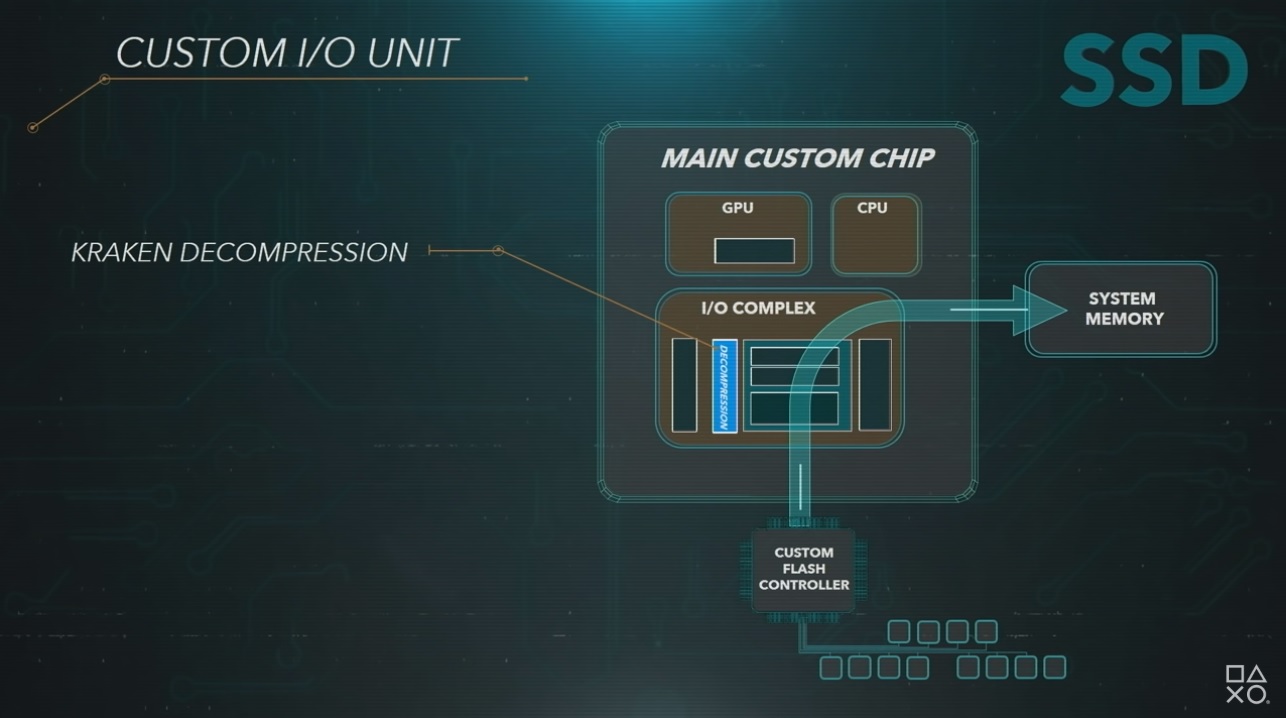Going to bring it up here because this thread is always being looked at by everyone.. and well maybe it will be pertinent to DF game analysis discussions in the future.
Is there an obvious way we could discern on PC whether a DirectStorage supported game is using CPU decompression or GPU decompression for GPU assets? Is there a way to tell if GDeflate specifically is being used by a game on the GPU? If not, would PCIe(Tx) bandwidth readings give potential clues? Am I missing something more obvious?
Also, do you guys think GDeflate has a real future? Does the GPU get a dedicated GDeflate decompression block which somehow avoids contention with GPU resources, while also allowing for fallback support on the GPU for cards without the hardware block?
I'd like to start seeing some positive developments for DirectStorage on PC. I mean, FF16 uses it (don't know if it's using GPU decompression) and it loads extremely fast. Faster than Playstation 5 in fact.. but it doesn't change the fact that for gameplay streaming scenarios, doing large amounts of decompression can impact performance and potentially cause hitching and other issues which games of the future will undeniably have to contend with.
Is there an obvious way we could discern on PC whether a DirectStorage supported game is using CPU decompression or GPU decompression for GPU assets? Is there a way to tell if GDeflate specifically is being used by a game on the GPU? If not, would PCIe(Tx) bandwidth readings give potential clues? Am I missing something more obvious?
Also, do you guys think GDeflate has a real future? Does the GPU get a dedicated GDeflate decompression block which somehow avoids contention with GPU resources, while also allowing for fallback support on the GPU for cards without the hardware block?
I'd like to start seeing some positive developments for DirectStorage on PC. I mean, FF16 uses it (don't know if it's using GPU decompression) and it loads extremely fast. Faster than Playstation 5 in fact.. but it doesn't change the fact that for gameplay streaming scenarios, doing large amounts of decompression can impact performance and potentially cause hitching and other issues which games of the future will undeniably have to contend with.

